Come find out if alpha lipoic acid has a role in your anti-aging stack. If you need appetite control and neuroprotection, look no further.
The Premise
Alpha-Lipoic Acid (ALA) is an organosulfur compound produced from the medium-chain triglyceride caprylic acid (denoted as “C8” on MCT Oil labels). It’s essential for proper functioning of aerobic metabolism, therefore our body produces ALA in small amounts. ALA acts as a cofactor for enzymes, which helps our body produce energy. This is extremely important if we want to perform at our best.
Beyond de novo synthesis, we ingest ALA through dietary meat products. It’s even present in vegetables and fruit, albeit in trace amounts. While we do always have ALA — supplementation can increase ALA concentration by nearly 1,000 fold![1]
An anti-aging anti-inflammatory that lowers blood sugar levels
Supplements include ALA for its antioxidant benefits — as it helps increase the activity of several enzymes. Beyond its antioxidant effects, ALA acts as an anti-aging, anti-diabetic, and insulin-sensitivity improving compound, and is even available as a prescribed pharmaceutical drug in Germany! We often enjoy using the sodium-bound “right-handed” form of ALA, Na-R-ALA, as part of our glucose control stacks, and anecdotally, it seems to drive inflammation and blood glucose levels to generally lower levels when used regularly.
The Science
-
Antioxidant Effects and Longevity Benefits
This landmark study showed ALA supplementation was able to lower age-related increase oxidant production![2]
Let’s get right to it — in a rat-model study, ALA increased the oxygen consumption of liver cells nearly 89% in aged rats. While the younger animals in the study enjoyed a much more modest benefit, the old rats doubled their oxidation capacity. To phrase it differently, the older rats began the trial with 59% the oxidation capacity of the younger cohort and ended the trial with no significant differences when compared to their young group. Oxygen consumption is also an excellent marker of aerobic metabolism. To sum it up, this landmark trial showed that ALA improved the metabolism, mitochondrial function, and antioxidant capabilities of older organisms.[2]
Of course, we aren’t rats. In humans, ALA has proven to be a reliable antioxidant supplement. Recent trials suggest that ALA supplementation may help normalize antioxidant functionality in humans suffering from chronic disease.[3,4] While less present in the research, the antioxidant effects of ALA appear to extend to healthy individuals — as a 2009 trial suggests that ALA helps mitigate the pro-oxidant state that muscle-damaging exercise induces in athletes. We admit that ALA appears to work best as an antioxidant in the chronically ill, but we’re excited to see where the literature goes for athletes![5]
-
ALA Versus Diabetes
It can be argued that ALA shines in diabetic patients or those at risk of diabetes. It’s heaviest hitting benefits are for patients suffering from diabetic neuropathy — a meta-analysis conducted by UMDNJ concludes that ALA could be a viable treatment option for diabetic neuropathy. It’s important to note that it is debatable if ALA arrests disease progression or merely helps patients deal with the symptomatology of diabetic neuropathy.[6]
In patients with Type 2 Diabetes, a 2012 trial suggests that ALA is an effective way to reduce blood glucose levels and hemoglobin-A1c, an important clinical marker to observe glucose level trends in at-risk patients.[7]
Oddly enough, ALA appears to help insulin work more efficiently, especially when combined with a high-fat diet. While this may be a fluke, a study conducted by the University of Kentucky Medical Center shows that ALA improves the potency of insulin in animals on a high-fat diet. It appears to do so by inducing heat shock proteins, which block stress proteins from interfering with insulin.[8] This could be great news for low carb dieters, although we need more research.
-
ALA for Appetite Control
Before we hit the neurological benefits, we have to define ATP-Activated Protein Kinase (AMPK). This is a protein that helps us maintain energetic homeostasis.
When cellular energy gets low, AMPK encourages the body to uptake more glucose and fatty acids. It does so by encouraging the breakdown of fat stores, stimulation of ketogenesis, inhibition of cholesterol synthesis, and a myriad of other metabolic activities.[9] Given that its mechanism of metabolic activities help liberate energy, the next mechanism should make sense to you — when AMPK is released into the brain, it stimulates the paraventricular nucleus of the hypothalamus to stimulate the appetite response.[10] AMPK is a “we need energy now” enzyme and its job is to get us energy — so it makes us want to eat.
ALA reduces AMPK in the hypothalamus while stimulating AMPK release in metabolic regulatory tissue.[11] In other words, ALA appears to reduce appetite while stimulating the liver to shift to fat breakdown and ketosis. If that doesn’t sell our low carb on ALA supplementation, nothing will.
One PricePlow’s Favorite forms of ALA is Sodium-salt stabilized R-Lipoic Acid due to its high bio-availability!
Although the research on this mechanism is new and we ARE skeptical, we still have hope! A 2008 trial found that ALA supplementation helped patients overcome the ravenous appetite produced by antipsychotics. While it is a small study, it shows that the pharmaceutical industry has dipped its fingers into ALA as an adjunct therapy.[12] There is still much more to learn, but the preliminary studies look promising!
-
ALA as a Nootropic
Glutamate
ALA may be a potent supplement in terms of cognition enhancement. ALA enhances glutamine production via an increase in the enzymatic activity of glutamine synthetase within astrocytes. It also helps astrocytes take in more glutamine from the environment.[13,14] While we’re making more glutamine, neurons release more glutamate upon ALA supplementation. ALA facilitates the release of glutamate in presynaptic neurons by encouraging calcium influx — which improves glutamate levels within the synapse by nearly 30%.[14] However, it’s unclear if this mechanism results in an increase or decrease in N-methyl-D-aspartate (NMDA) receptor signaling, due to the activity of ALA’s reduced form, dihydrolipoic acid.[15]
Increased Glutathione
ALA may improve antioxidant levels (glutathione) within neurons by 40% because of its ability to bump up glutamine levels, as glutamine is an important precursor to glutathione.[13] Neurons use glutathione to combat neurotoxic events, especially a neural insult known as “glutamate excitotoxicity“. In excitotoxicity, chronically elevated amounts of glutamate overstimulate cells and lead to long-term cellular damage. By increasing glutathione, ALA may be neuroprotective against toxic levels of glutamate that patients experience with conditions like seizures or cyanide toxicity.[16,17]
Choline, Dopamine, Norepinephrine, and Nerve Recovery!
ALA appears to enhance the reuptake of acetylcholine, much like it does for glutamate.[18] Low doses of ALA increases dopamine and norepinephrine levels in the hippocampus by around 10% — at least in one trial.[18] The support of research on the boost in catecholamines is still inconclusive due to some negative results found throughout the literature.[19]
Even if science debunks ALA increasing baseline neurotransmitter levels, ALA appears to at least normalize dopamine and epinephrine levels after cerebral insult by improving neurotransmitter levels. The most common model for testing this mechanism of ALA is in treating drug-induced seizures, which is promising.[18]
This implies that ALA’s ability to enhance reuptake and glutathione stores within a neuron may make it a potent neuroprotective agent, but we encourage those looking for a “clinically-proven” boost to wait until the scientists map out this mechanism out further.
ALA Supplementation: How To Take It
Although we make our own ALA and absorb it from our diet, supplementing with ALA provides us with nearly 1,000 times more than the average diet can.[1] Literature shows ALA is best taken fasted, as food in the stomach reduces absorption. We’d recommend taking ALA at least an hour before a meal or at least 2 hours after a meal for maximum benefit. ALA peaks about 30-60minutes after ingestion.[20]
Na-R-ALA: As bioavailable as injected ALA
The best form of ALA appears to be Na R-(+)-Lipoate, which you’ll find marketed as Na-R-ALA. When compared to other ALA suspensions, the bioavailability of Na-R-ALA reigns supreme — especially over ALA as a “free amino acid”. Oddly enough, oral Na-R-ALA appears to be as bioavailable as injected ALA.[20]
Interesting Absorption Physiology
While our keen-eyed fans will note that ALA is lipid-soluble, it does not appear to benefit from coingestion with dietary fatty acids. The GI tract rapidly takes up ALA via monocarboxylic acid transporters. Since MCTs help absorb fats like medium chain-triglycerides, some fats may even negatively impact the amount of ALA absorbed![21] Compared to free ALA, Na-R-ALA is completely water soluble — which is likely why it’s so bioavailable.[20]
Stacking: Depends on the Intended Effects
How you stack Na-R-ALA obviously depends on the results you’re looking for, but we’ve noticed some strong synergy with berberine (specifically GlucoVantage brand Dihydroberberine) in terms of blood sugar levels.
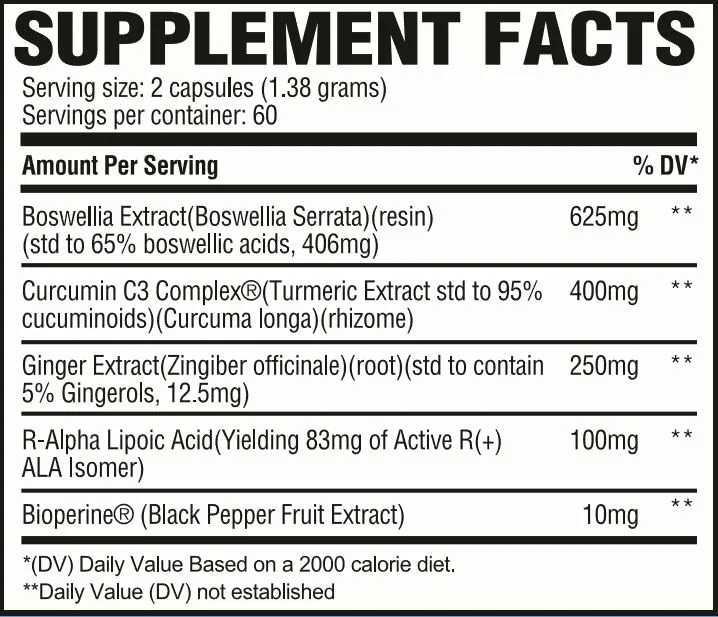
Revive MD took a very unique approach with their Inflammation RX supplement, adding a great dose of Na-R-ALA to other well-known anti-inflammatories
Nootropic users looking to boost acetylcholine levels are always wise to use their favorite form of choline, such as Alpha-GPC.
Some top-rated multivitamins like Animal Pak also include a bit of ALA to get your day started.
It’s no surprise that bold new companies like Revive MD have included Na-R-ALA in both their anti-inflammatory and glucose disposal agent supplements, Inflammation RX and Glucose RX, respectively.
Conclusion
ALA is one of the most interesting ingredients we have touched on in one of our Supplement Guide articles. While its benefits are on the minor side compared to those covered in some others, the benefits for those in a ketogenic diet or those getting older allows us to recommend it as part of a “general health stack.” As more research comes out in the future, we will be able to better understand how ALA works and in what populations it most benefits. However, we’re confident that this may be a very beneficial thing for many people.
Stay tuned for more information on ALA, PricePlow will be keeping a close eye on the growing body of literature around this topic updating the post as necessary!
Alpha Lipoic Acid – Deals and Price Drop Alerts
Get Price Alerts
No spam, no scams.
Disclosure: PricePlow relies on pricing from stores with which we have a business relationship. We work hard to keep pricing current, but you may find a better offer.
Posts are sponsored in part by the retailers and/or brands listed on this page.
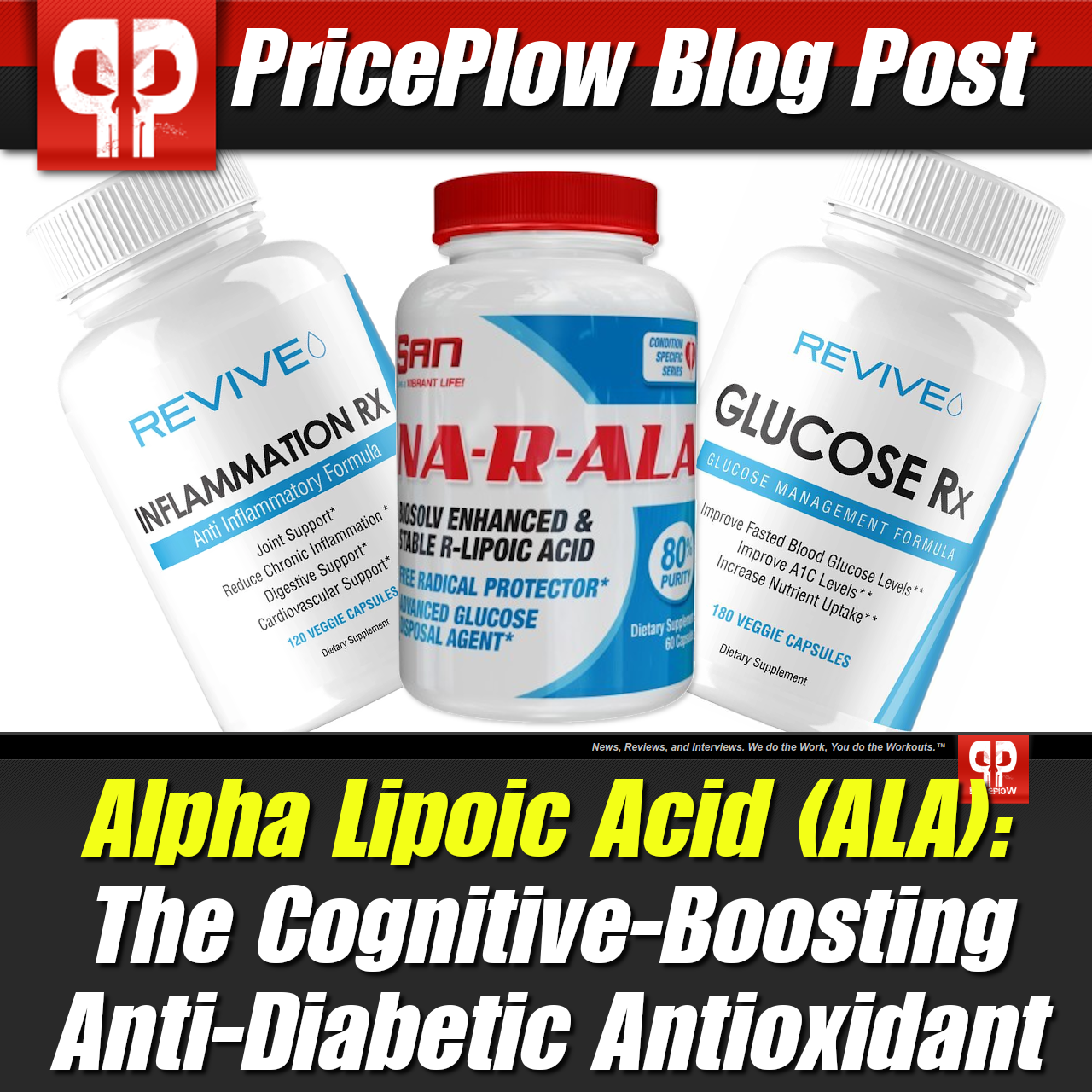
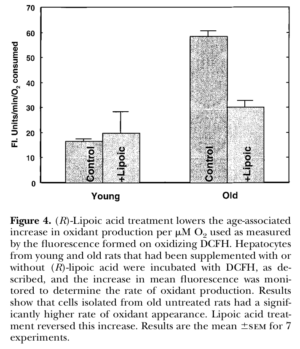
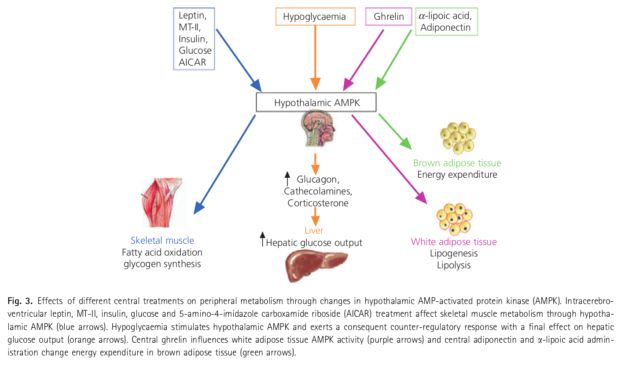
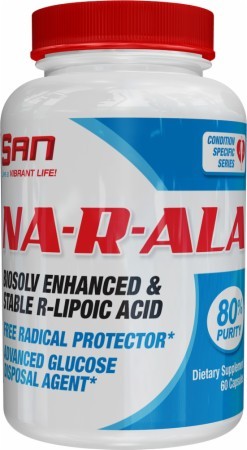
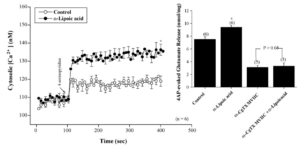
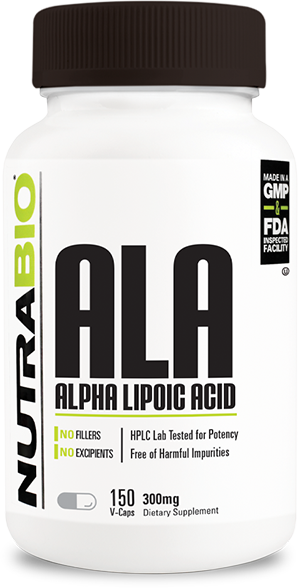



Comments and Discussion (Powered by the PricePlow Forum)